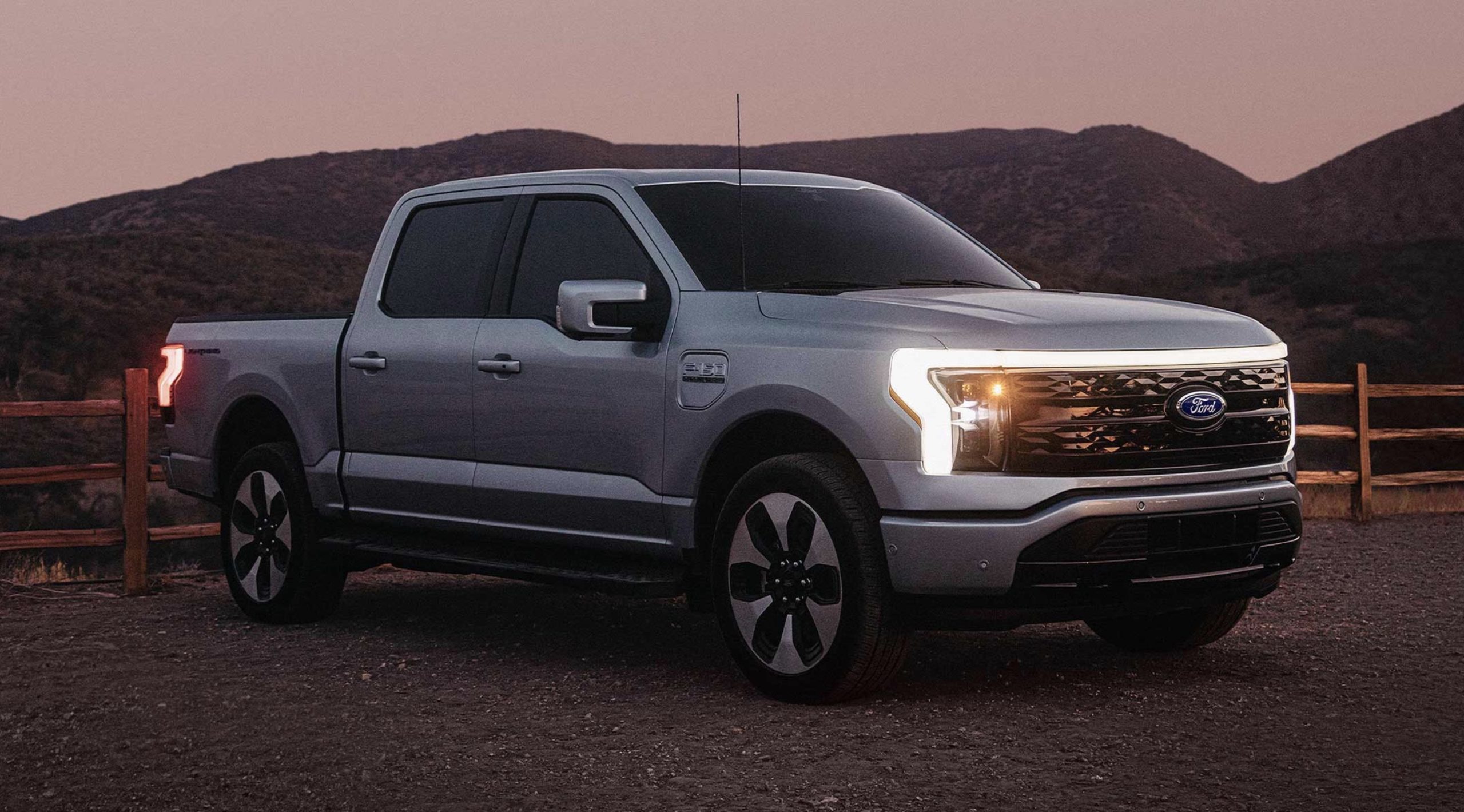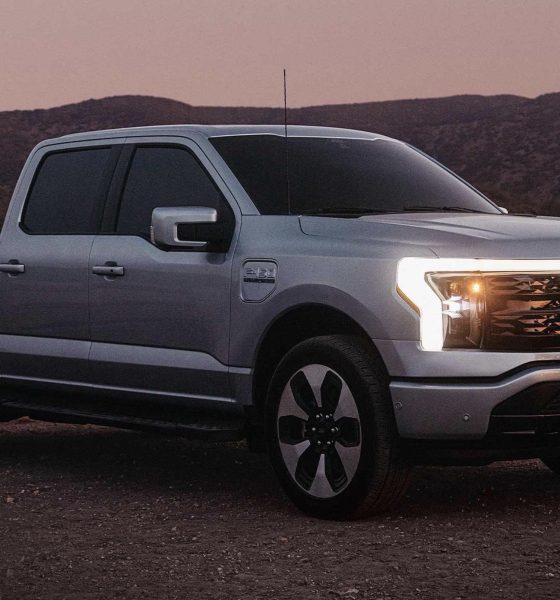Ford announced earlier this week that it would delay or completely cancel several electric vehicle models in an effort to align with consumer trends and hone in on a more profitable business after losing billions chasing Tesla.
While it may not be the most ideal thing, it is the best strategy for Ford right now, as it will shift more toward hybrids, leaning on current EV offerings and stopping the bleeding on financials.
Ford was arguably the most committed when it came to legacy automakers. It had put forth a solid investment plan that would see it expand its EV offerings over the course of a decade, bringing exciting offerings to each market based on its needs.
Ford’s love affair with EVs softens as profitability and consumer trends take focus
However, being the most committed does not always mean the most successful. Ford had suffered tremendous losses in 2023 because of its overwhelming commitment to EVs, so much so that CEO Jim Farley admitted at one point that it was on the lower end of its investment range for electrification moving forward.
“We’ll probably be on the low end of that range,” Farley said earlier this year about the $8 billion to $9 billion investment range. “And we’re being very consistent about our discipline on profitability.”
But now, things have totally changed.
Earlier this week, Ford all but admitted that it simply did not have the time or the money to keep going with its EV commitment. It was costing it billions, and instead of chasing after Tesla, it did what it should do: chase after money to keep it afloat. As Van Wilder’s dad said in the movie, “Sometimes in life, you have to realize a poor investment and cut your losses.”
Ford made the right choice. It was going along with the EV goals too far and too hard. Honda’s executives said recently that you simply cannot force people to buy something they don’t want. Right now, Teslas are what people want, at least in the United States, as the automaker, despite a growing number of competitors, continues to hold a sizeable lead in market share over competitors.
The lack of a truly competitive EV offering that appeals to consumers is what the issue is. There needs to be a product that truly outperforms Tesla in every way. That’s how people will switch, and that’s how EVs will be worth it. This goes for all companies, not just Ford.
To be the best, you have to beat the best.
“We’re committed to creating long-term value by building a competitive and profitable business,” Ford’s Vice Chair and CFO John Lawler said earlier this week as the company announced its softening EV stance. “With pricing and margin compression, we’ve made the decision to adjust our product and technology roadmap and industrial footprint to meet our goal of reaching positive EBIT within the first 12 months of launch for all new models.”
It will still bring forward a variety of new models, including a new truck, in the coming years. But for now, it is best that Ford does what it needs to do: scale back its commitment to EVs and continue to rely and lean on the Mustang Mach-E, F-150 Lightning, and E-Transit for the time being. The truth is that Ford simply did not and did not have enough of a consumer base that is interested in EVs, thus not justifying its mass commitment, and it might have cost them their business if it kept up the shtick.
From left to right: Ford’s F-150 Lightning, E-Transit van, and Mustang Mach-E (Credit: Ford)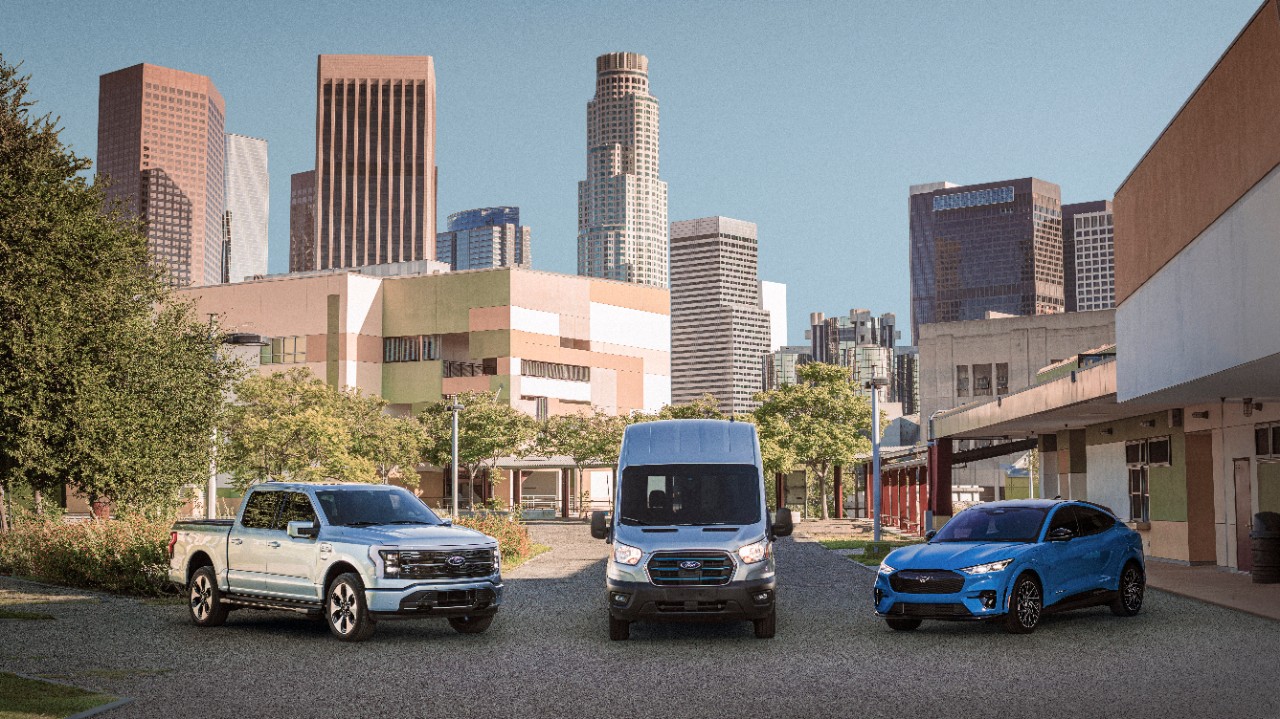
Tempering its EV push and bringing new models as people want them is going to help Ford maintain capital while also softening the negative effects EVs have had on its financials. Ford has lost money on every EV it’s ever delivered to a customer, although it may not be the best thing for it to continue acting like things are all okay.
But in the meantime, Ford can do a few things to help consumers: offer affordable vehicles that cater to needs and develop a vehicle lineup that truly makes consumers on a massive scale consider things other than Tesla.
Leaning on classic names like the Mustang and F-150 and electrifying them might have won some people over. But it seems, especially with the popularity of the Bronco and Bronco Sport, Ford is missing a huge opportunity by not even hinting toward an EV version of the vehicle.
I think a lot of people might be disappointed, but this announcement seemed like it was coming sooner rather than later. As someone who has driven Fords and still owns one, I was hoping to make my next vehicle an electric Bronco. I have talked highly about the F-150 Lightning. But it is evident that it is still making a lot of its money selling the gas-powered F-Series and its other tried and true vehicle models.
I’d love to hear from you! If you have any comments, concerns, or questions, please email me at joey@teslarati.com. You can also reach me on Twitter @KlenderJoey, or if you have news tips, you can email us at tips@teslarati.com.

Elon Musk
NVIDIA CEO Jensen Huang commends Tesla’s Elon Musk for early belief
“And when I announced DGX-1, nobody in the world wanted it. I had no purchase orders, not one. Nobody wanted to buy it. Nobody wanted to be part of it, except for Elon.”
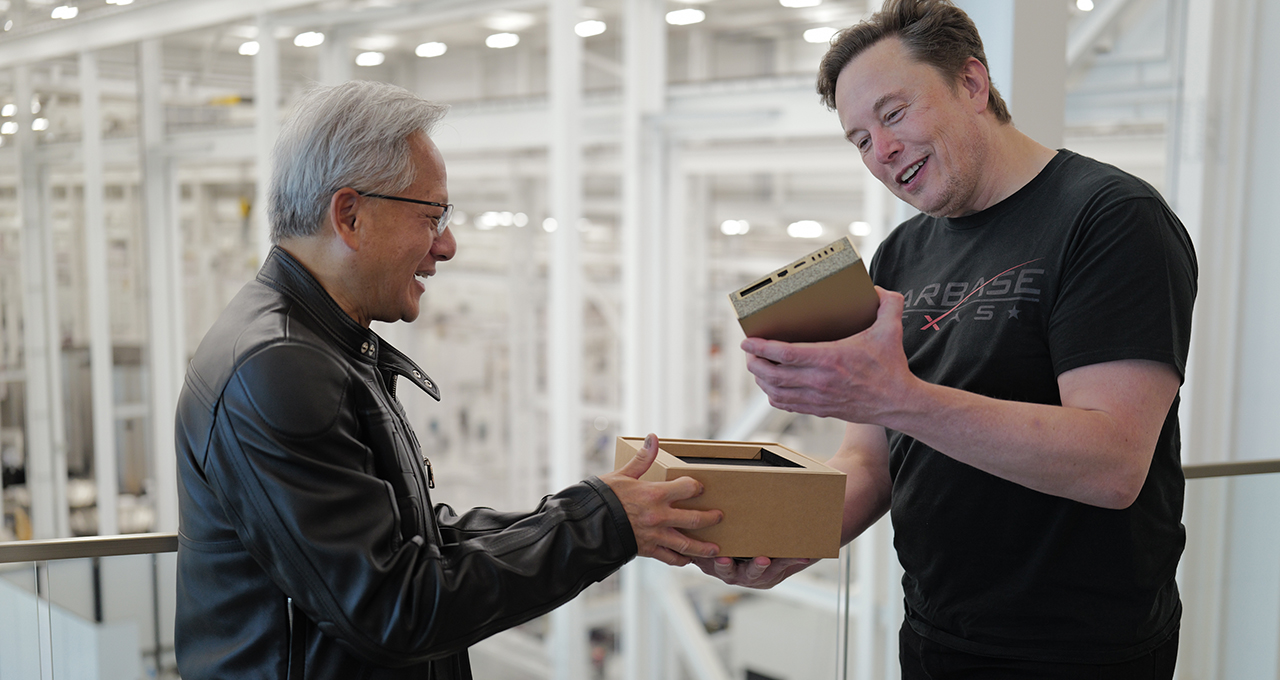
NVIDIA CEO Jensen Huang appeared on the Joe Rogan Experience podcast on Wednesday and commended Tesla CEO Elon Musk for his early belief in what is now the most valuable company in the world.
Huang and Musk are widely regarded as two of the greatest tech entrepreneurs of the modern era, with the two working in conjunction as NVIDIA’s chips are present in Tesla vehicles, particularly utilized for self-driving technology and data collection.
Nvidia CEO Jensen Huang regrets not investing more in Elon Musk’s xAI
Both CEOs defied all odds and created companies from virtually nothing. Musk joined Tesla in the early 2000s before the company had even established any plans to build a vehicle. Jensen created NVIDIA in the booth of a Denny’s restaurant, which has been memorialized with a plaque.
On the JRE episode, Rogan asked about Jensen’s relationship with Elon, to which the NVIDIA CEO said that Musk was there when nobody else was:
“I was lucky because I had known Elon Musk, and I helped him build the first computer for Model 3, the Model S, and when he wanted to start working on an autonomous vehicle. I helped him build the computer that went into the Model S AV system, his full self-driving system. We were basically the FSD computer version 1, and so we were already working together.
And when I announced DGX-1, nobody in the world wanted it. I had no purchase orders, not one. Nobody wanted to buy it. Nobody wanted to be part of it, except for Elon.
He goes ‘You know what, I have a company that could really use this.’ I said, Wow, my first customer. And he goes, it’s an AI company, and it’s a nonprofit and and we could really use one of these supercomputers. I boxed one up, I drove it up to San Francisco, and I delivered it to the Elon in 2016.”
The first DGX-1 AI supercomputer was delivered personally to Musk when he was with OpenAI, which provided crucial early compute power for AI research, accelerating breakthroughs in machine learning that underpin modern tools like ChatGPT.
Tesla’s Nvidia purchases could reach $4 billion this year: Musk
The long-term alliance between NVIDIA and Tesla has driven over $2 trillion in the company’s market value since 2016.
Elon Musk
GM CEO Mary Barra says she told Biden to give Tesla and Musk EV credit
“He was crediting me, and I said, ‘Actually, I think a lot of that credit goes to Elon and Tesla…You know me, Andrew. I don’t want to take credit for things.”
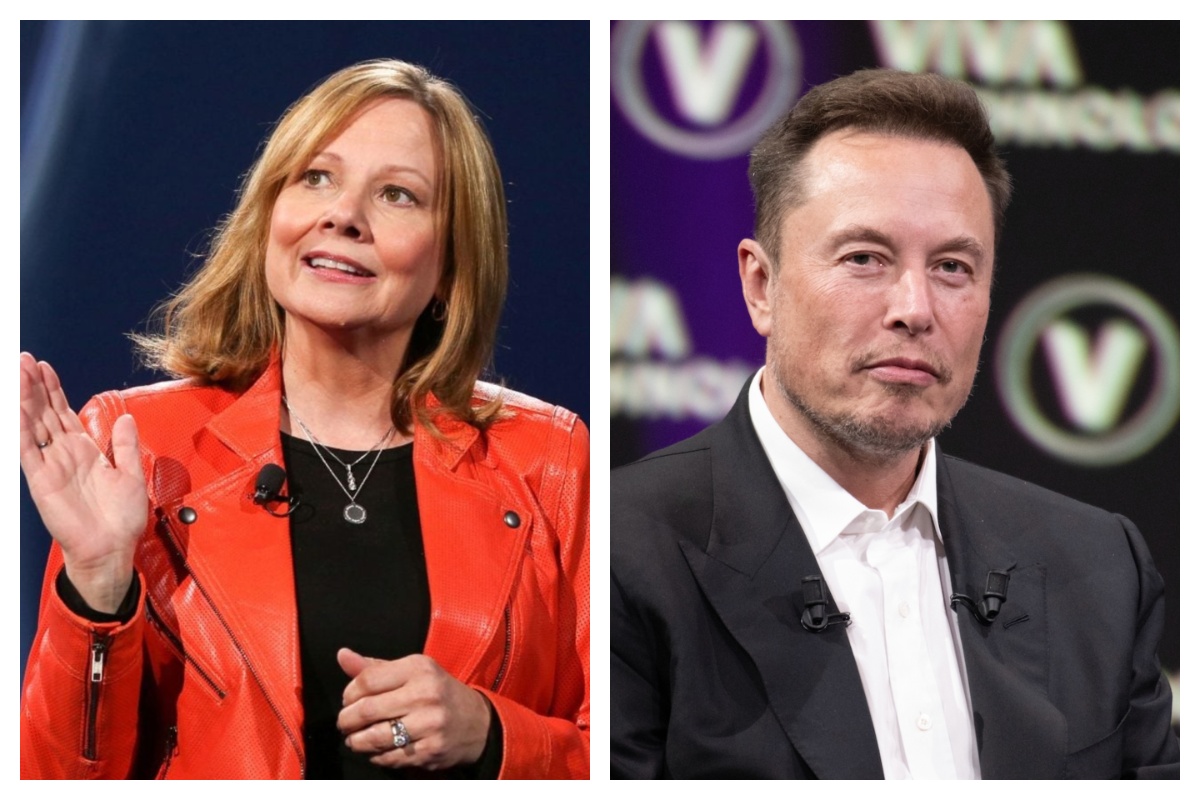
General Motors CEO Mary Barra said in a new interview on Wednesday that she told President Joe Biden to credit Tesla and its CEO, Elon Musk, for the widespread electric vehicle transition.
She said she told Biden this after the former President credited her and GM for leading EV efforts in the United States.
During an interview at the New York Times Dealbook Summit with Andrew Ross Sorkin, Barra said she told Biden that crediting her was essentially a mistake, and that Musk and Tesla should have been explicitly mentioned (via Business Insider):
“He was crediting me, and I said, ‘Actually, I think a lot of that credit goes to Elon and Tesla…You know me, Andrew. I don’t want to take credit for things.”
GM CEO Mary Barra said to Andrew Sorkin at the New York Times Dealbook Summit that she pulled President Biden aside and said Tesla CEO @elonmusk deserved the credit for EVs:
“He was crediting me, and I said, ‘Actually, I think a lot of that credit goes to Elon and Tesla,’” Barra… pic.twitter.com/OHBTG1QfbJ
— TESLARATI (@Teslarati) December 3, 2025
Back in 2021, President Biden visited GM’s “Factory Zero” plant in Detroit, which was the centerpiece of the company’s massive transition to EVs. The former President went on to discuss the EV industry, and claimed that GM and Barra were the true leaders who caused the change:
“In the auto industry, Detroit is leading the world in electric vehicles. You know how critical it is? Mary, I remember talking to you way back in January about the need for America to lead in electric vehicles. I can remember your dramatic announcement that by 2035, GM would be 100% electric. You changed the whole story, Mary. You did, Mary. You electrified the entire automotive industry. I’m serious. You led, and it matters.”
People were baffled by the President’s decision to highlight GM and Barra, and not Tesla and Musk, who truly started the transition to EVs. GM, Ford, and many other companies only followed in the footsteps of Tesla after it started to take market share from them.
Elon Musk and Tesla try to save legacy automakers from Déjà vu
Musk would eventually go on to talk about Biden’s words later on:
“They have so much power over the White House that they can exclude Tesla from an EV Summit. And, in case the first thing, in case that wasn’t enough, then you have President Biden with Mary Barra at a subsequent event, congratulating Mary for having led the EV revolution.”
In Q4 2021, which was shortly after Biden’s comments, Tesla delivered 300,000 EVs. GM delivered just 26.
News
Tesla Full Self-Driving shows confident navigation in heavy snow
So far, from what we’ve seen, snow has not been a huge issue for the most recent Full Self-Driving release. It seems to be acting confidently and handling even snow-covered roads with relative ease.
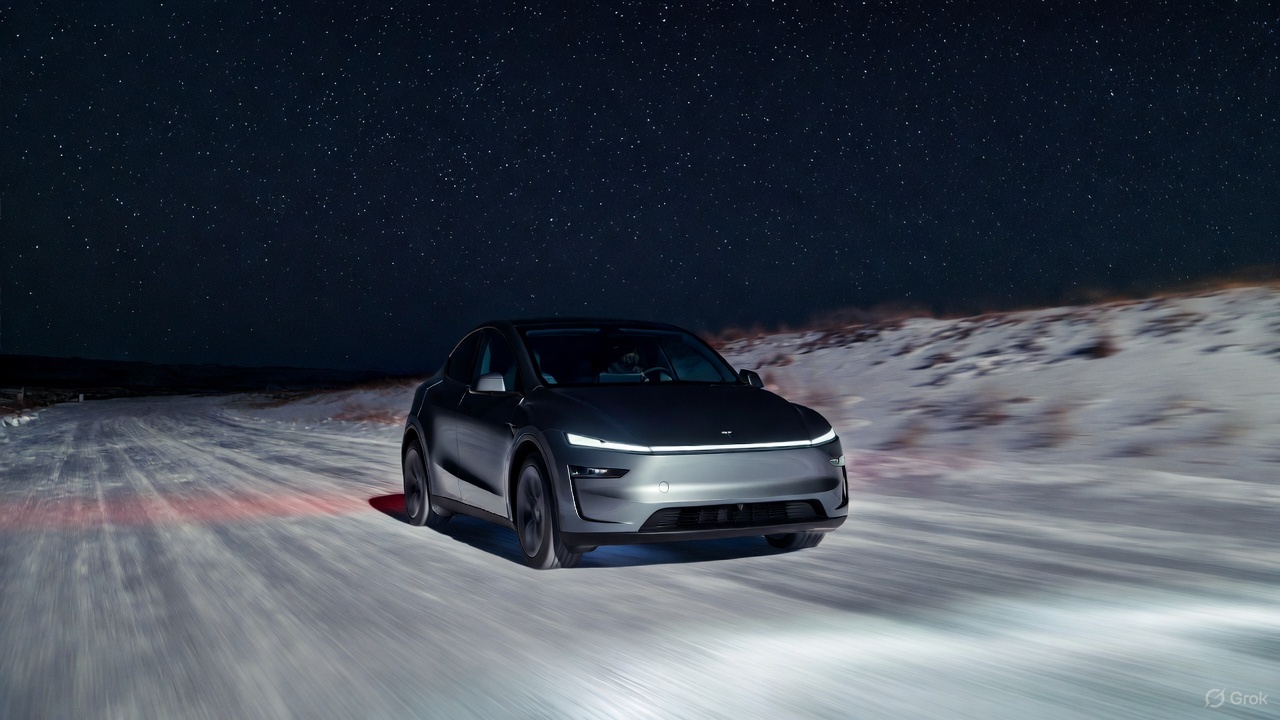
Tesla Full Self-Driving is getting its first taste of Winter weather for late 2025, as snow is starting to fall all across the United States.
The suite has been vastly improved after Tesla released v14 to many owners with capable hardware, and driving performance, along with overall behavior, has really been something to admire. This is by far the best version of FSD Tesla has ever released, and although there are a handful of regressions with each subsequent release, they are usually cleared up within a week or two.
Tesla is releasing a modified version of FSD v14 for Hardware 3 owners: here’s when
However, adverse weather conditions are something that Tesla will have to confront, as heavy rain, snow, and other interesting situations are bound to occur. In order for the vehicles to be fully autonomous, they will have to go through these scenarios safely and accurately.
One big issue I’ve had, especially in heavy rain, is that the camera vision might be obstructed, which will display messages that certain features’ performance might be degraded.
So far, from what we’ve seen, snow has not been a huge issue for the most recent Full Self-Driving release. It seems to be acting confidently and handling even snow-covered roads with relative ease:
FSD 14.1.4 snow storm Ontario Canada pic.twitter.com/jwK1dLYT0w
— Everything AI (@mrteslaspace) November 17, 2025
I found the steepest, unplowed hill in my area and tested the following:
• FSD 14.2.1 on summer tires
• FSD 14.2.1 on winter tires
• Manual drivingBut I think the most impressive part was how FSD went DOWN the hill. FSD in the snow is sublime $TSLA pic.twitter.com/YMcN7Br3PU
— Dillon Loomis (@DillonLoomis) December 2, 2025
Well.. I couldn’t let the boys have all the fun!
Threw the GoPro up and decided to FSD v14.2.1 in the snow. Roads were not compacted like the other day, a little slippery, but overall doable at lower speeds. Enjoy the video and holiday music 🎶
Liked:
Took turns super slow… pic.twitter.com/rIAIeh3Zu3— 🦋Diana🦋 (@99_Colorado) December 3, 2025
Moving into the winter months, it will be very interesting to see how FSD handles even more concerning conditions, especially with black ice, freezing rain and snow mix, and other things that happen during colder conditions.
We are excited to test it ourselves, but I am waiting for heavy snowfall to make it to Pennsylvania so I can truly push it to the limit.
